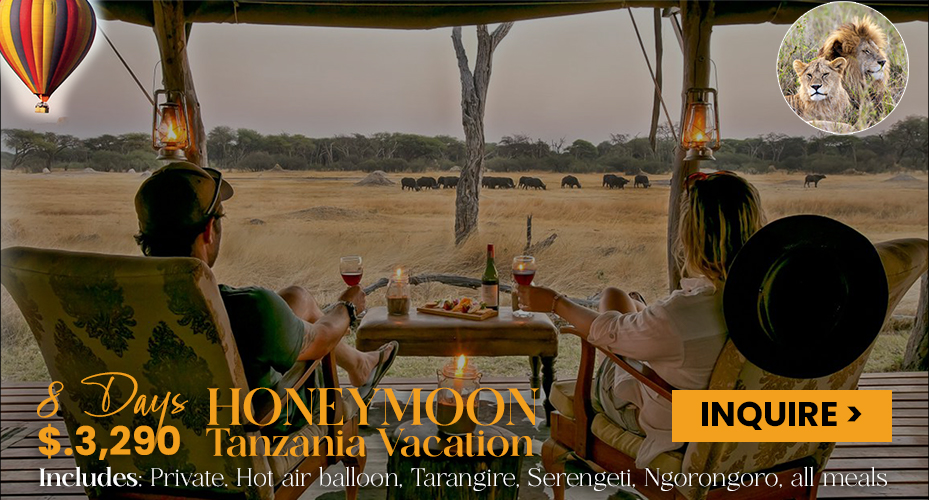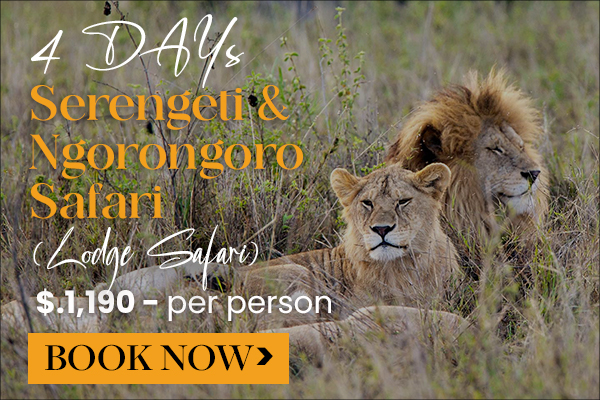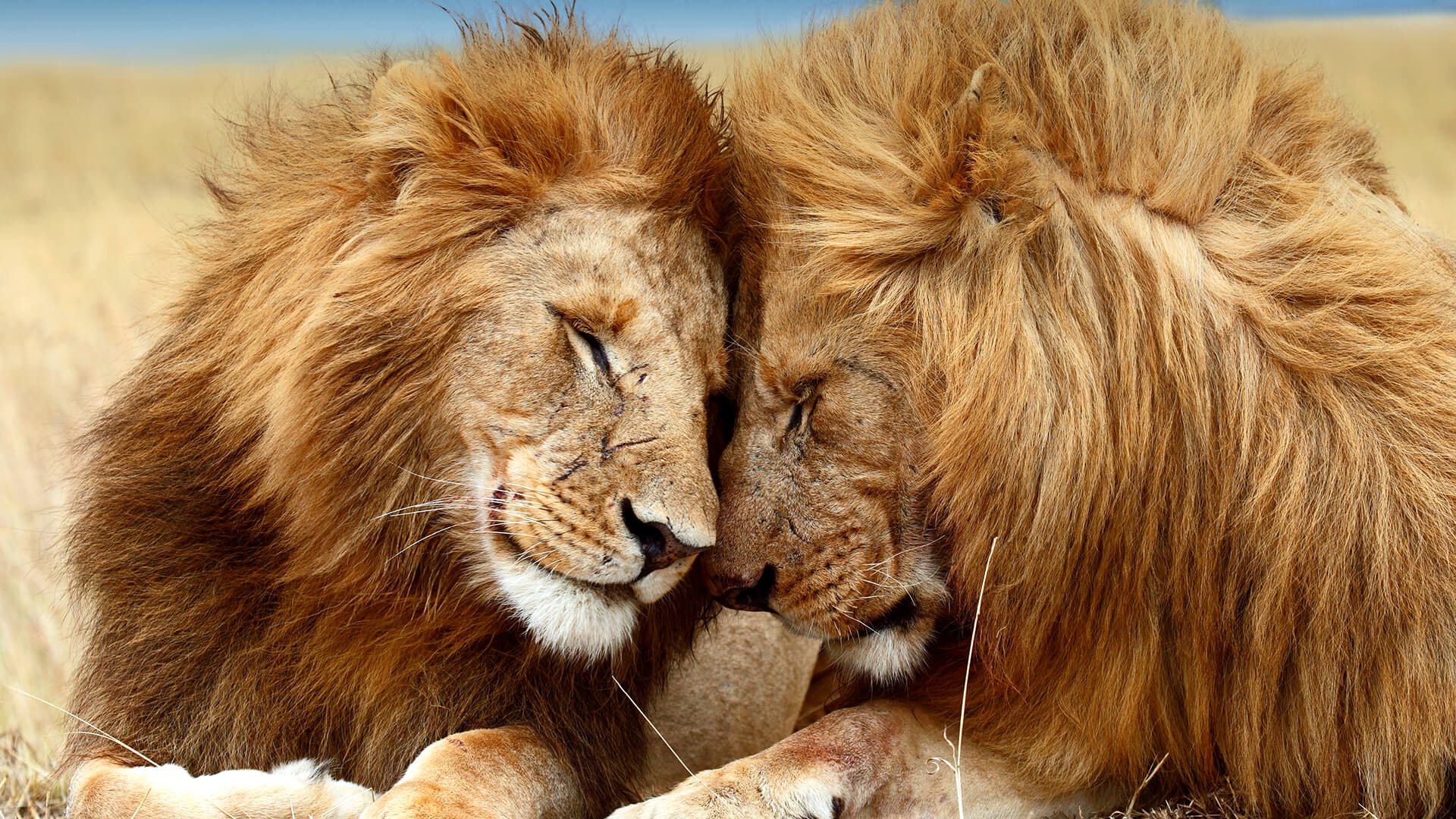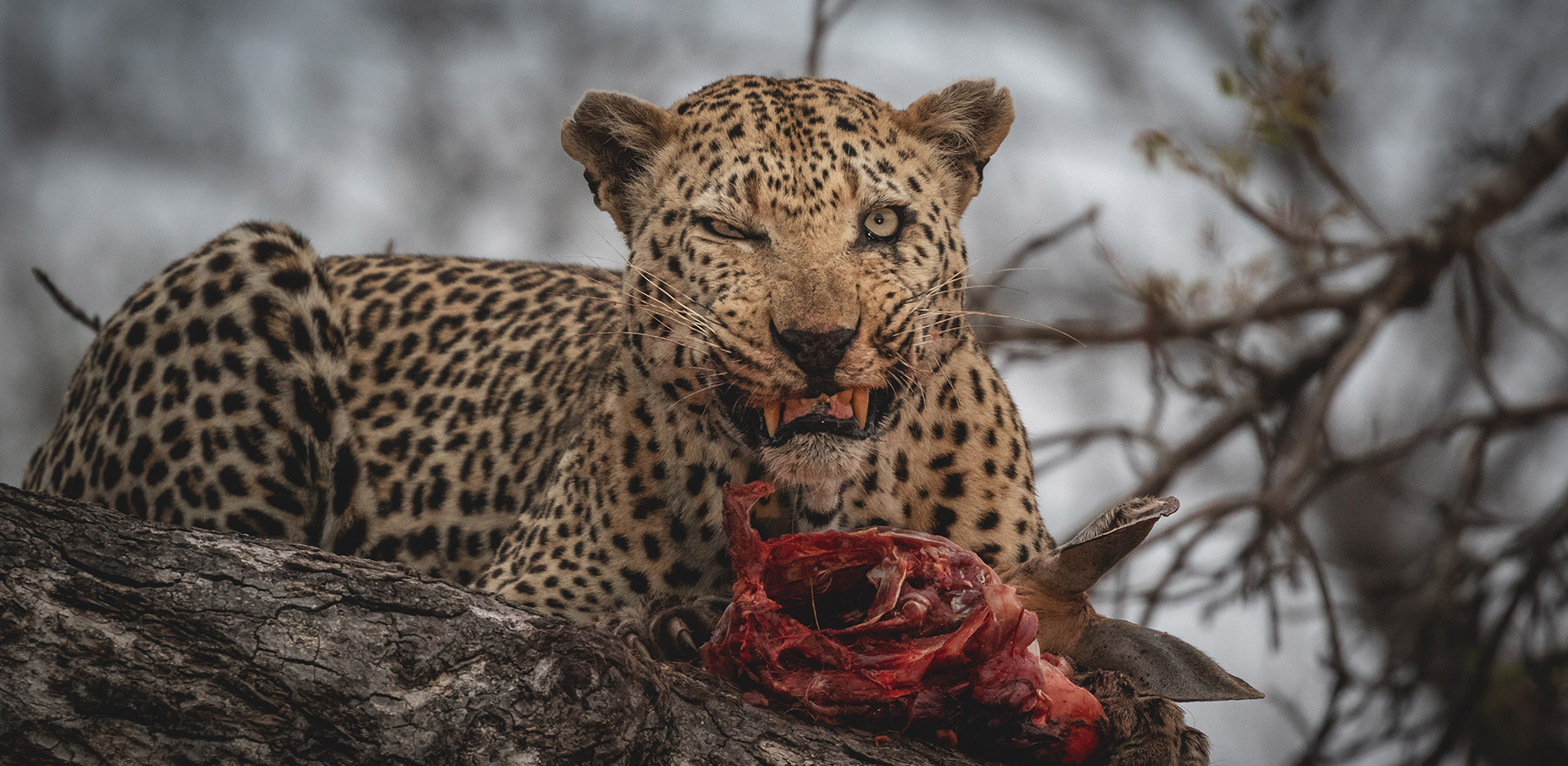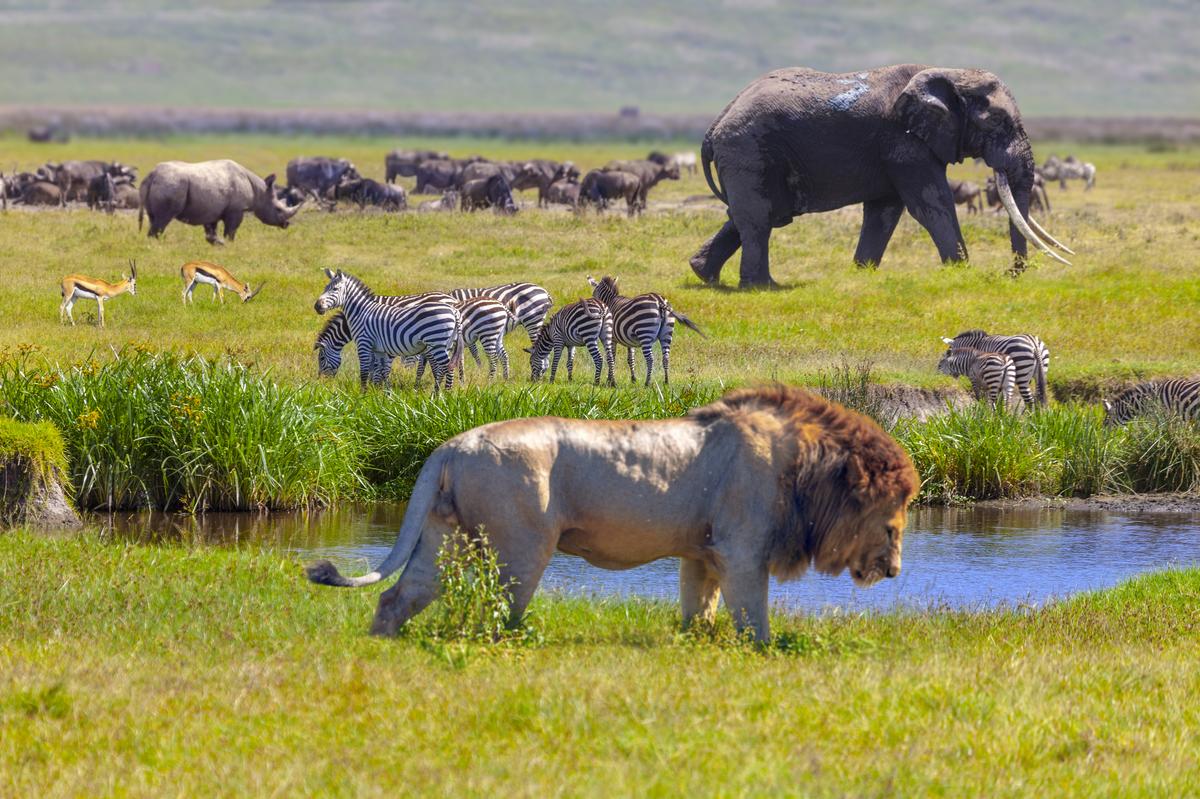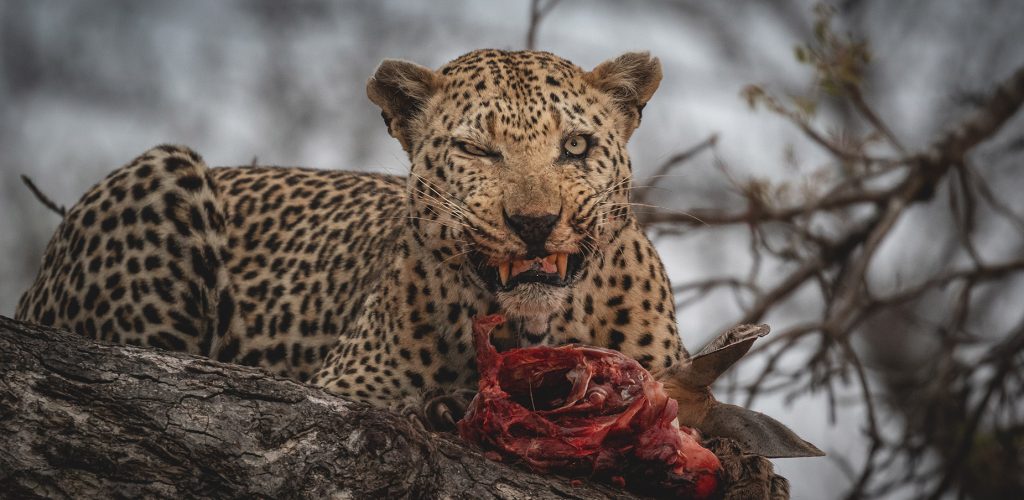- Blogs & Tips
Leopard Bite Force
- By Team Serengeti Lions
Table of Contents
Leopard Bite Force – How strong is a Leopard bite?
In the wild, danger isn’t always loud. It doesn’t always warn you. Sometimes, it’s quiet. Intentional. Almost invisible. And no predator understands this better than the leopard.
The leopard bite force is estimated at around 500 PSI (pounds per square inch). On paper, that may seem modest when compared to crocodiles or jaguars. But the leopard’s strength isn’t in brute force—it’s in delivery.
For the leopard, it doesn’t need to wrestle you. It doesn’t need to roar. It just needs one good moment. One perfect strike. And the silence that follows? That’s the real measure of power.
Because by the time the bite lands—you’re already gone.
The Power Behind the Bite
To understand the impact of 500 PSI, you need context. That’s the pressure of a heavy car tire pressing down through a sharp fang into flesh, bone, and silence.
Leopards aren’t built to chase prey across long distances. They don’t have the stamina of wild dogs or the coordination of lions. What they have is this: patience, silence, and a bite that ends everything.
Most of their kills happen in under 10 seconds. A sudden pounce. A deep bite to the throat or skull. Blood flow stops. Breath collapses. Nothing dramatic. Just clinical, efficient death. And they do it without alerting anyone else in the herd.
They kill to eat—but they do it like it’s art.
Why 500 PSI Is More Than Enough
Lions can bite harder. Hyenas can crush bones better. But leopards don’t need more than what they have. The leopard bite force is calibrated for control. Not chaos.
500 PSI is enough to:
- Crush the vertebrae of a gazelle.
- Snap the windpipe of a young wildebeest.
- Hold onto prey mid-leap while suspended from a tree branch.
- Carry a kill weighing over 100 kg up a vertical trunk with no help.
That bite doesn’t just kill. It carries. It drags. It hides.
In places like South Luangwa National Park in Zambia or the central Serengeti, you’ll often find an impala carcass hanging from a tree like a forgotten hammock. That’s not a coincidence. That’s a leopard’s signature. Other predators feast on the ground. Leopards take their spoils to the sky.
How the Bite Is Used – Skull, Spine, Silence
Leopards don’t chase. They wait. You’ll find them crouched in tall grass, or pressed low on a thick tree limb. When they strike, the attack is precise. They aim for the soft part of the neck, or directly through the skull in smaller prey. A bite isn’t a warning. It’s a whisper that turns off the light.
They don’t often need to bite twice. That first clamp is so perfect—so clean—it leaves no struggle. In many cases, prey is already limp before hitting the ground.
Even if the pressure isn’t the highest in the animal kingdom, it’s used better than almost any other predator. With a leopard, it’s not about raw force—it’s about finish.
Leopard Bite Force Pictorial
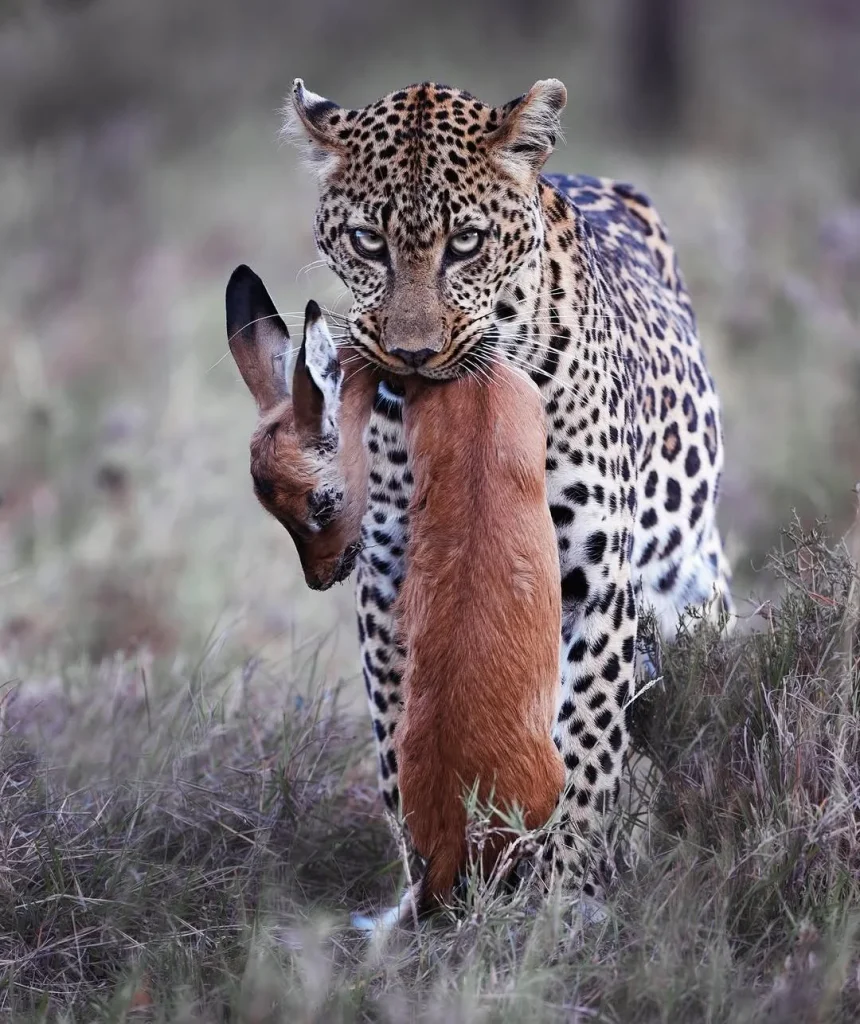
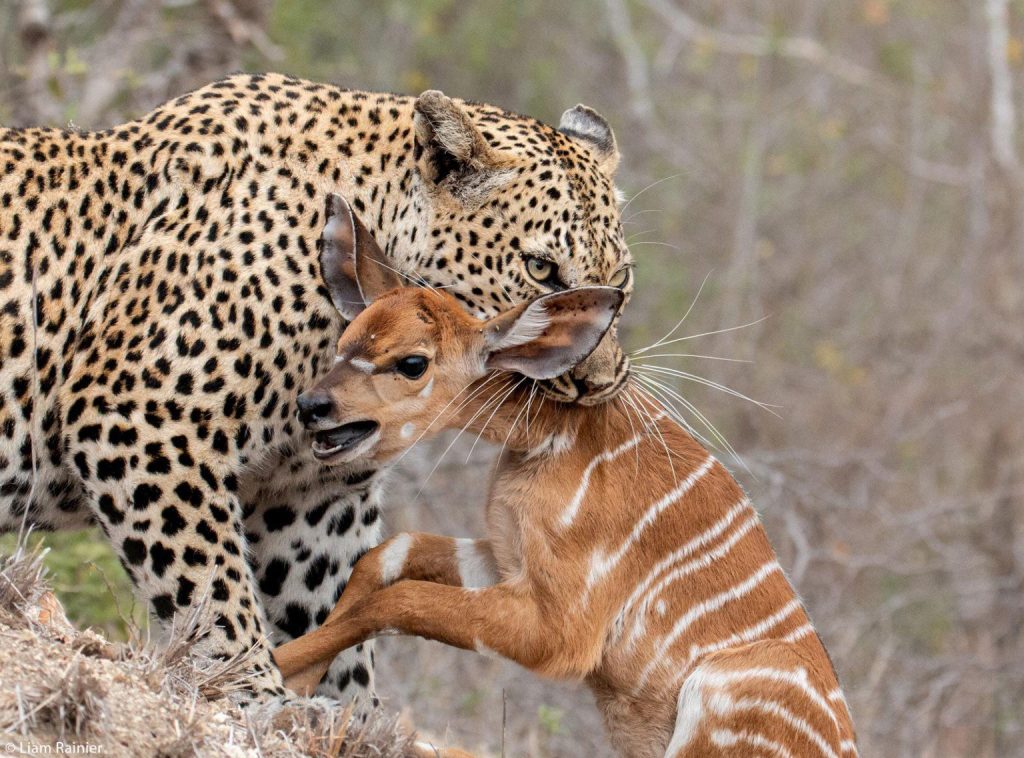
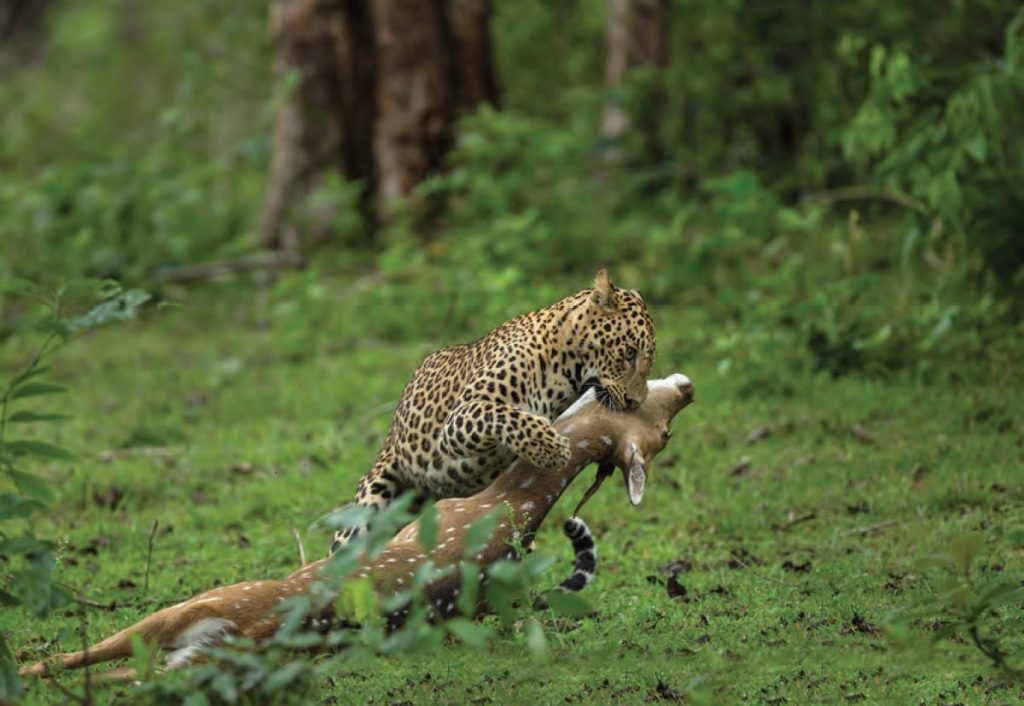
The Safari Experience – When You See It for Yourself
There’s nothing like the stillness of a leopard sighting. No engine noise. No chatter. Just you, your ranger, and the kind of silence that feels sacred.
With Serengeti Lion Safaris, leopard tracking becomes an art form. You follow signs: drag marks in the dirt, fresh paw prints, a half-eaten gazelle in a marula tree. And then—there it is. A slow flick of a tail. A pair of golden eyes watching you like a question.
If you’re lucky, you’ll see the kill. Maybe even hear the crunch of that 500 PSI bite. But don’t expect a show. Leopards don’t do drama. They do certainty.
Fun Fact:
Leopards have been seen dragging prey three times their weight into trees—sometimes carrying it over 6 meters vertically using only jaws and paws.
Best Places to See a Leopard in Action:
- South Luangwa National Park, Zambia – Nicknamed “Valley of the Leopard” for good reason.
- Serengeti National Park, Tanzania – Especially in Seronera, where tall grass and riverbanks offer perfect stalking grounds.
- Kruger National Park, South Africa – Well-known for relaxed, photogenic leopards.
- Lake Manyara National Park, Tanzania – Tree-climbing leopards are often seen here.
- Moremi Game Reserve, Botswana – High leopard density and excellent sightings in the Okavango.
The Bite You Never Hear Coming
You won’t hear them before they strike. Leopards don’t make noise when they hunt. No roar. No snarl. Just a blur through the grass, a flick of muscle, and then—stillness.
That’s part of why they are so revered by rangers, filmmakers, and wildlife lovers. They’re not just cats. They’re shadows with claws. Ghosts that leave teeth marks. And they’re deeply African—not just in geography, but in soul.
How to Spot a Leopard in the Wild
- Look up – They rest in trees during the heat of the day. To spot leopards, you need to carefully can large branches and there they will be.
- Watch for fresh kills – If you see prey hanging in a tree, the leopard isn’t far.
- Scan riverbanks – Leopards often stalk waterholes in the early morning and dusk.
- Follow birds – Vultures circling might mean there’s a hidden kill nearby.
- Stay quiet and patient – Movement and noise scare leopards more than any predator.
- Use a trained guide – Expert rangers from Serengeti Lion Safaris know the behavior, territory, and timing of local leopards. With them, your chances triple.
Suggested Packages
How the Leopard Compares to Other Big Cats
| Animal | Bite Force (PSI) | Style |
| Leopard | 500 | Stealth kill, skull bite |
| Lion | 1,000 | Neck suffocation, group hunt |
| Tiger | 1,050 | Spine snap, solo stalker |
| Jaguar | 1,500 | Skull piercer, water ambusher |
| Cheetah | ~475 | Windpipe crush, speed-driven |
What sets the leopard apart isn’t strength—it’s subtlety. Tigers and lions use weight. Jaguars use jaws. Cheetahs use speed. But leopards? They use time. Stillness. Surprise.
Why It Matters
Knowing the leopard bite force helps you respect what you might otherwise overlook. In a world obsessed with size and noise, the leopard reminds us that silence can be the loudest thing of all.
Its bite isn’t about breaking records—it’s about surviving alone in a world full of rivals. Hyenas, lions, wild dogs—every predator wants the leopard’s kill. That’s why it hides it. Guards it. Lifts it. That’s why the bite must be fast, final, and strong enough to finish what stalking began.
Conclusion
Leopards are solitude and shy animals but dangerous and watching one in it’s natural habitat is impressive and breathe-taking but, you don’t just watch a leopard. You feel it—before you ever see it. The forest shifts. The air thickens. And then a shape emerges, slow and certain. When it bites, it doesn’t growl. It ends.
The leopard bite force won’t top the charts—but it doesn’t need to. It does the job with elegance. With calculation. With no wasted effort.
If you want to see this in person—to hear the soft crunch of a branch and know something powerful is watching—there’s only one way.
Let Serengeti Lion Safaris take you into the leopard’s world. Where the trees hold secrets. And silence means something wild is very, very near.
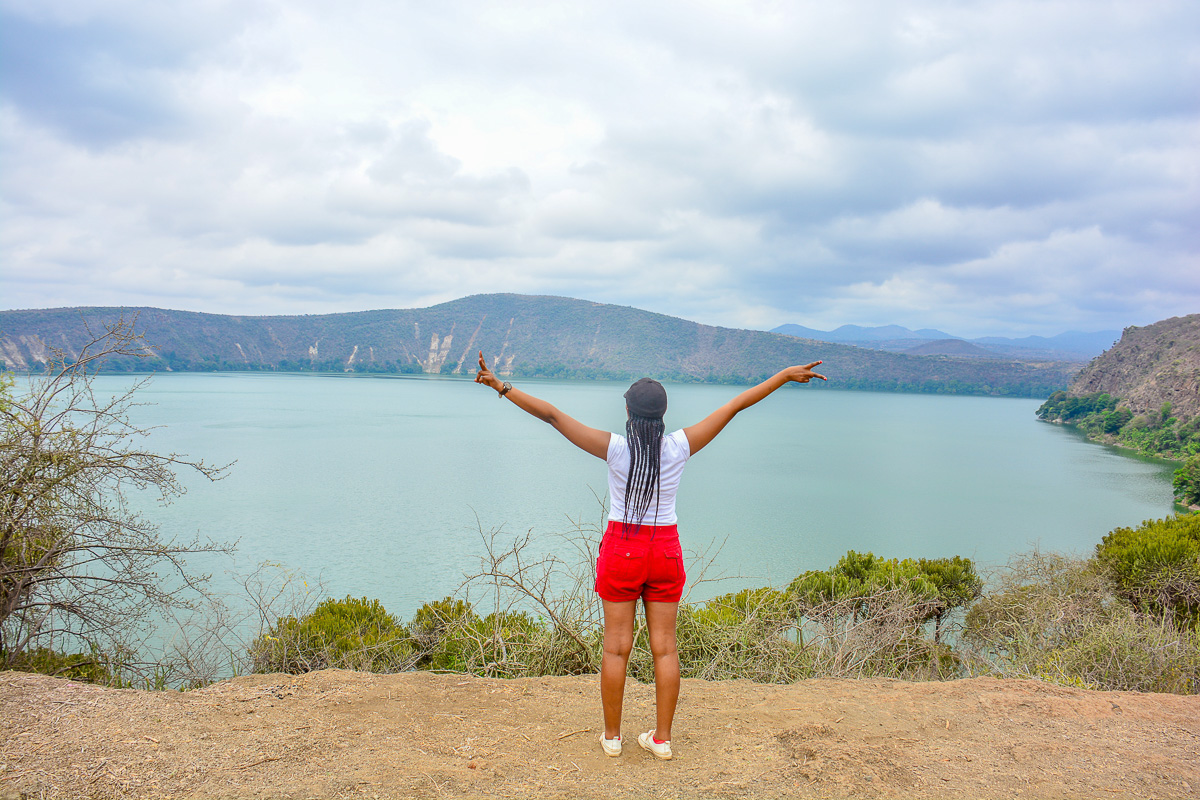
Engage an expert
Need help planning your Serengeti adventure today?
GET A QUOTE
Get a free Quote today.


